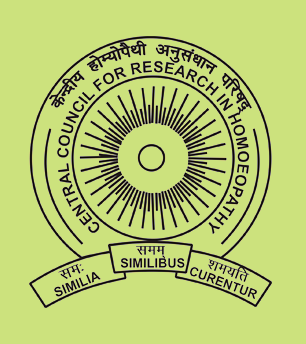Indian Journal of Research in Homoeopathy
Keywords
homoeopathy
Article Type
Perspective
Abstract
Background: Some homoeopathic practitioners fear that prognostic factor research (PFR) of homoeopathic symptoms neglects the context of these symptoms. Materials and Methods: The function of repertory and materia medica in the homoeopathic method is discussed. Previous research shows how the repertory can be improved. Outcome and Discussion: The homoeopathic procedure can be divided into two stages: an open mind stage to make an inventory of all possible medicines and a confirmatory stage to select the medicine that fits the totality. Closing the open mind stage too soon will cause confirmation bias. PFR is meant to improve the repertory in several aspects. Bayes' theorem provides an algorithm for homoeopathy and the inherent likelihood ratio (LR) a generalisation of Hahnemann's aphorism 153 to a broad differentiation of importance of symptoms arranged by peculiarity and by prevalence in respective medicine populations. Conclusion: PFR does not alter the way we select homoeopathic medicines, but it improves the repertory. LR generalises Hahnemann's aphorism 153 to an algorithm that distinguishes a large range of symptoms, peculiar and less peculiar, according to their importance for the choice of a medicine.
Digital Object Identifier
10.4103/ijrh.ijrh_48_17
Publisher
Wolters Kluwer India Pvt. Ltd.
How to cite this article
Rutten L. Confirmation and confirmation bias: The role of prognostic factor research. Indian J Res Homoeopathy 2017;11:262-268. doi: 10.4103/ijrh.ijrh_48_17


